
We are a community based medical oncology and hematology practice. Our goal is to provide patient-centric care with compassion within our community. We work with several partners to provide modern, guideline driven, evidence based, precision oncology and hematology services. We provide high availability with use of internet based tools and telemedicine is an integral part of our practice. We are affiliated with multiple local hospitals to provide continuity of care for our patients in a hospital environment when needed. Read More
Our Mission
Care Compassion Community
We Offer Telemedicine via Our Patient Portal and
Spruce Secure Chat
When Do you Need a Hematologist?
You will most likely be referred to one by your attending physician. Reasons include if you have or might have:
- Anemia or low red blood cells.
- Deep vein thrombosis (blood clots).
- Leukemia, lymphoma or multiple myeloma.
- Impaired immunity.
- Hemophilia, a genetic blood clotting disorder.
- Sickle cell anemia, which involves defective red blood cells.
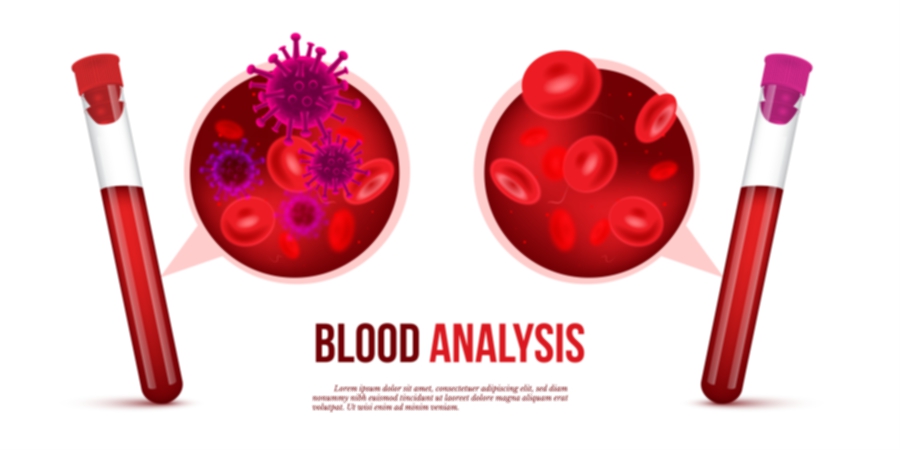
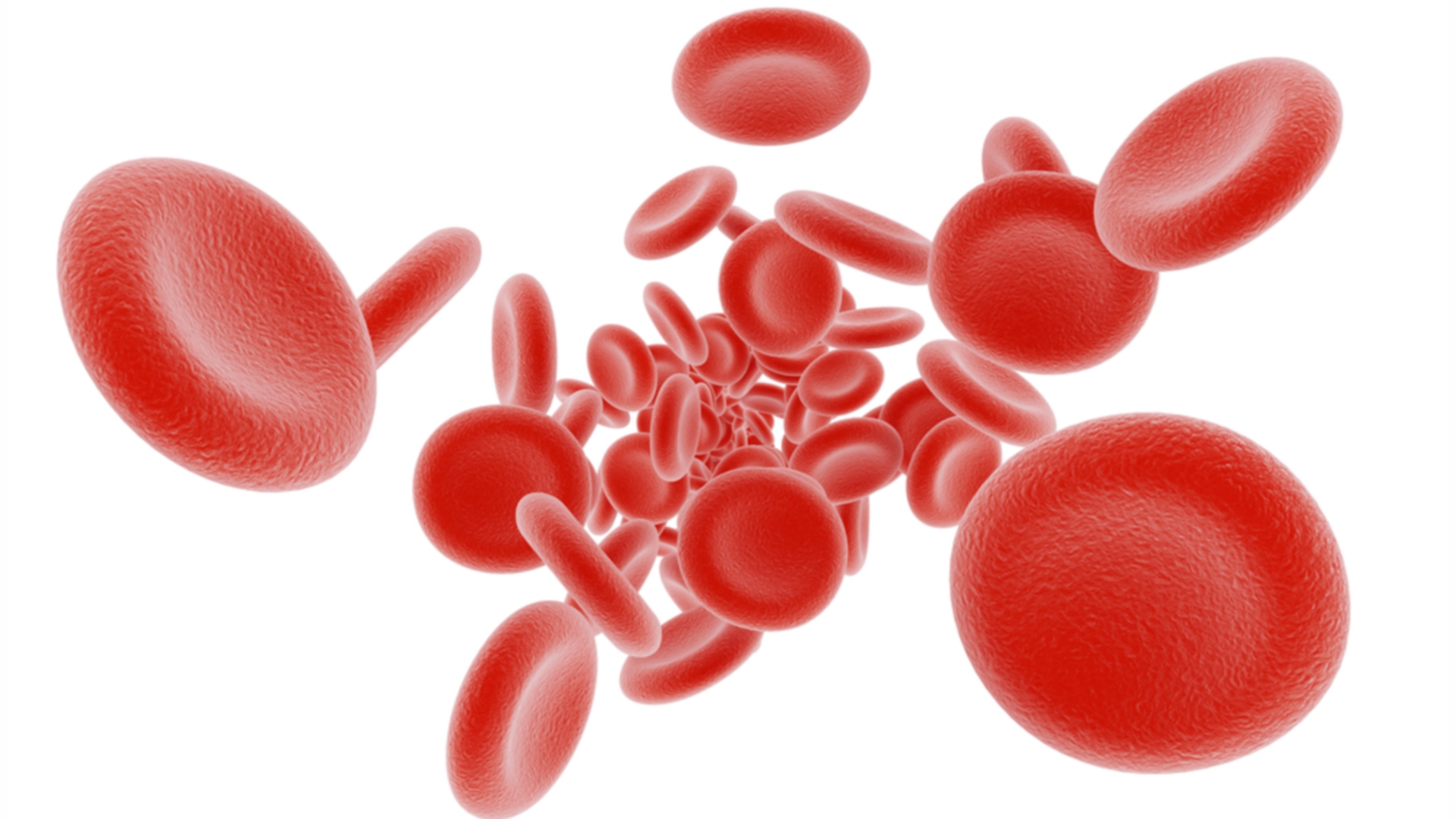
Red blood cell
Red blood cells (RBCs), also called erythrocytes, contain hemoglobin, which carries oxygen from lungs and returns carbon dioxide to lungs, to exhale.
Red blood cell production is controlled by erythropoietin amongst other factors. They are produced as an immature cell in the bone marrow and mature after approximately seven days and then are released into the bloodstream. They typically live for about 120 days.
Hematologist or Blood specialist doctor can check on the size, shape, number and health of your red blood cells using a blood analysis or blood smear.
Normal Range of hemoglobin in men 13.5 – 17.5 g/dL & for women 12.0 – 15.5 g/dL.
A Low count of RBCs known as Anemia. Symptoms of anemia include fatigue, dizziness, shortness of breath, fast heart rate, pale skin, feeling cold. Common causes of anemia are Iron deficiency, Vitamin B12 deficiency, Folate deficiency, Bleeding, leukemia or blood cancer, Kidney disease, Liver disease, Hypothyroidism, Thalassemia- a genetic disorder, Sickle cell anemia- change in shape of RBCs.
Causes of High red blood cells count are Polycythemia vera – in which bone marrow makes too many red blood cells, Lung disease, Dehydration, Heavy smoking, Burns, Living at a high altitude, Extreme physical exercise.
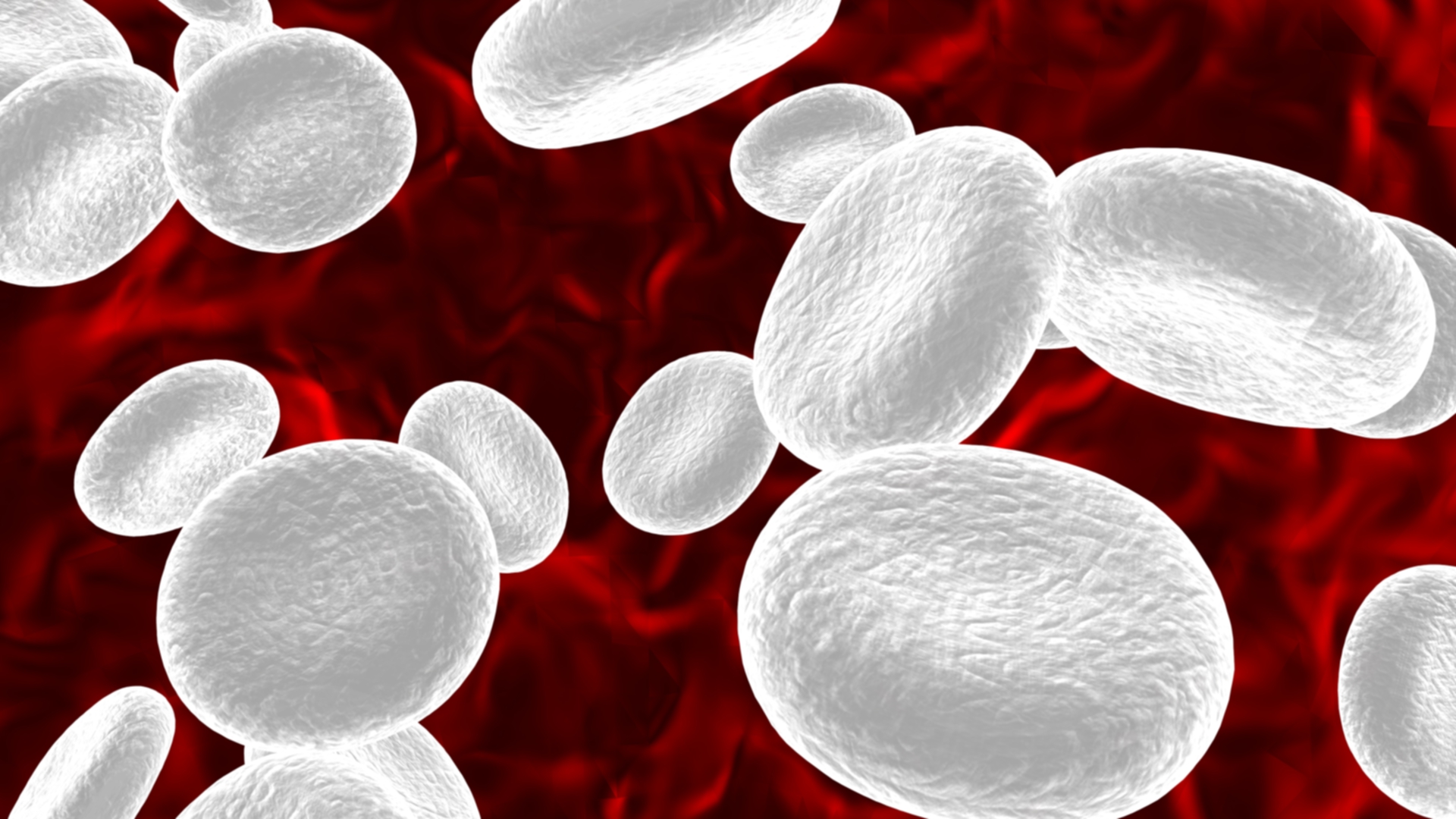
White Blood Cells
White blood cells are a key component of blood. They defend the body against infection and disease. They are also called white corpuscle or leukocytes. They are produced in the bone marrow. There are subdivided into three categories:
- Granulocytes: These have small granules containing proteins. There are three different types of granulocytes: Basophils, Eosinophils and Neutrophils, each serving a slightly different function.
- Monocytes: Are large cells that fight off chronic infections.
- Lymphocytes: They are responsible for the specific recognition of foreign substances. There are many different kinds of lymphocytes: B-cell, T-cell and NK cells, again with different roles in the immune system.
Normal Range for total white cell count in adults is between 4,500 – 11,000 per cubic millimeter.
Causes of High white blood cells count are allergic responses, rheumatoid arthritis, bacterial, fungal, viral or parasitic infections, leukemia also lead to a high count.
Causes of Low white blood cells counts are lymphoma, sepsis, vitamin B-12 deficiency, leukemia, bone marrow disorders, lupus and other autoimmune conditions.Extreme physical stress due to an injury or emotional stress can also trigger white blood cell counts.
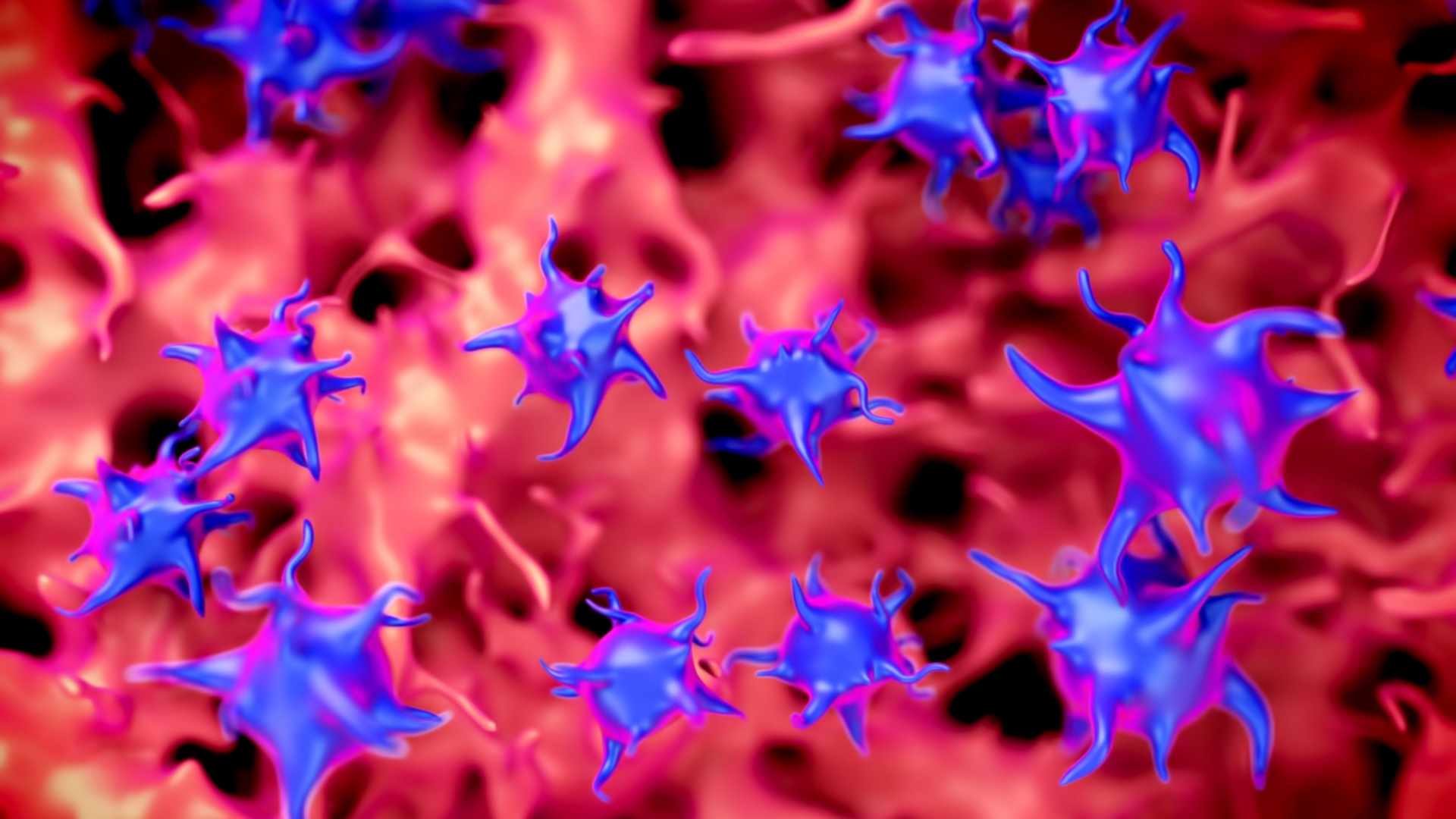
Platelets
Platelets are one of three main types of blood cells (in addition to red blood cells and white blood cells) that originate in the bone marrow from cells known as megakaryocytes.
Platelets are tiny cells with a primary function of stopping bleeding. If you have very low or very high levels of platelets, make sure you’re communicating with your doctor about a safe plan of action. Evaluating function of platelets is just as important as knowing their number.
- Low range: Less than 150,000 platelets per microliter.
- Normal range: 150,000 to 450,000 platelets per microliter.
- Elevated range: 500,000 to 1,000,000 platelets per microliter.
If your platelet count falls below 50,000, you may experience prolonged bleeding times.
Causes of Low Platelet Count are chemotherapy or radiation therapy, Viral infections, Autoimmune conditions, Pregnancy. Causes of High Platelet Count are Primary bone marrow disorder, Chronic inflammation in the body, Infection, Iron deficiency anemia, Cancer. A hematologist or blood specialist doctor will evaluate not just the number but also the function of platelets using several sophisticated tests to discover anomalies that may impact bleeding or clotting.
When Do you Need Medical Oncologist
You will most likely be referred to one by your attending physician. Reasons include if you have or might have:
- Leukemia and Lymphoma and Myelodysplastic Syndromes
- Solid Organ Cancers
- Myeloma
- Non Cancerous Conditions

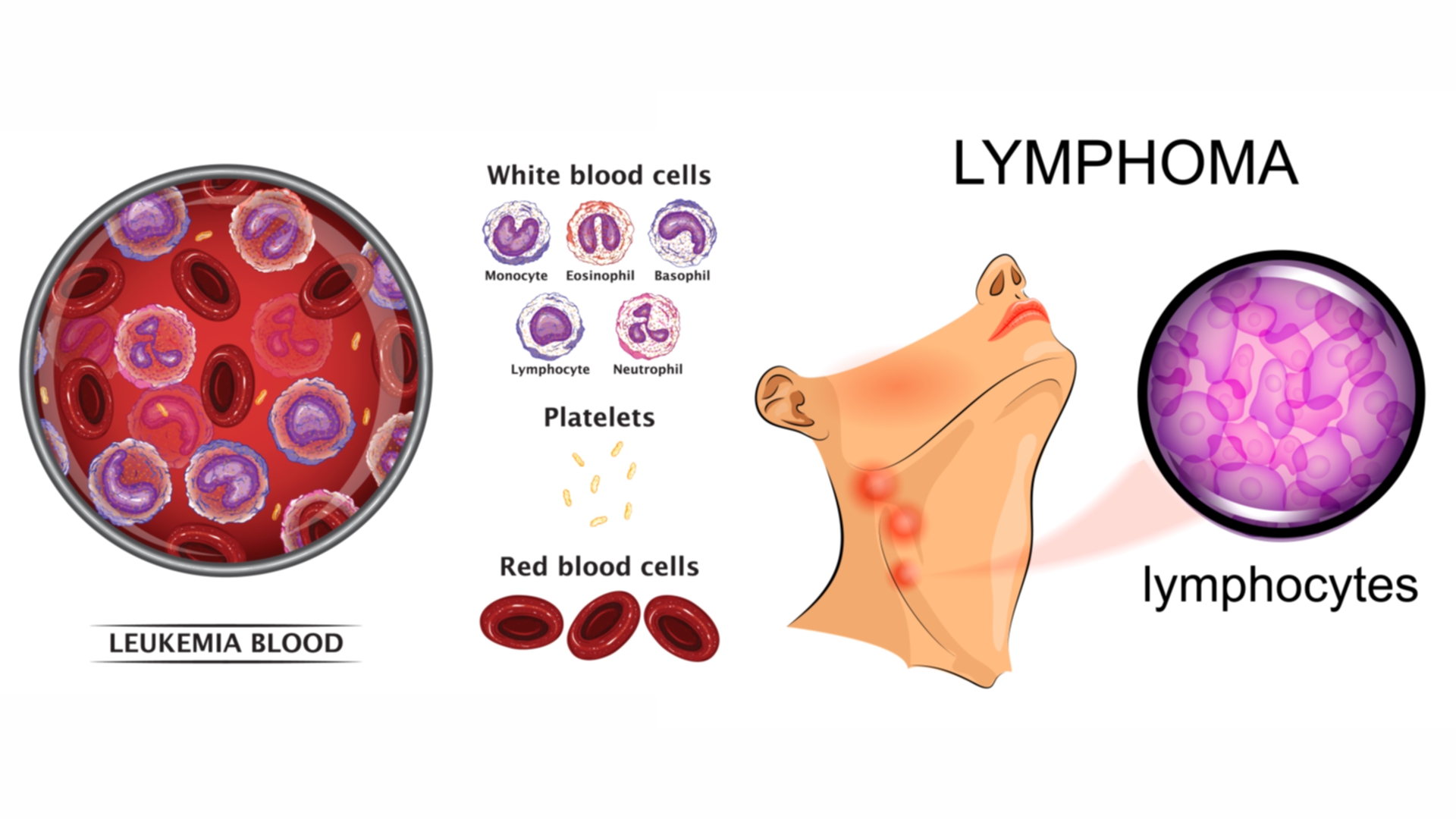
Leukemia and Lymphoma
Leukemia and lymphoma are types of cancers that originate in Lymphocytes. Leukemias refers to malignant cells circulating in the blood whereas in lymphomas, they are concentrated in lymph nodes.
There are 4 main types of leukemia, many other rarer types exist.
The common types of leukemias include:
- Acute lymphocytic leukemia
- Chronic lymphocytic leukemia
- Acute myeloid leukemia
- Chronic myeloid leukemia
The two main Sub-groups of lymphomas are:
- Hodgkin lymphoma, which involves a specific type of abnormal B cell called a Reed-Sternberg cell. This type is less common. Non-Hodgkin lymphoma, start in either B cells or T cells.
- Lymphomas may be slow moving or indolent, aggressive or very aggressive in their behavior.
Both leukemias and lymphomas are further subclassified based on their appearance, protein expression and increasingly by their genetic footprint. Medical Oncologists or cancer specialists will require bone marrow testing, extensive pathological and genetic evaluation before recommending specific treatments.
Treatments for these are usually aggressive forms of chemotherapy or increasingly targeted treatments using precision medicine.
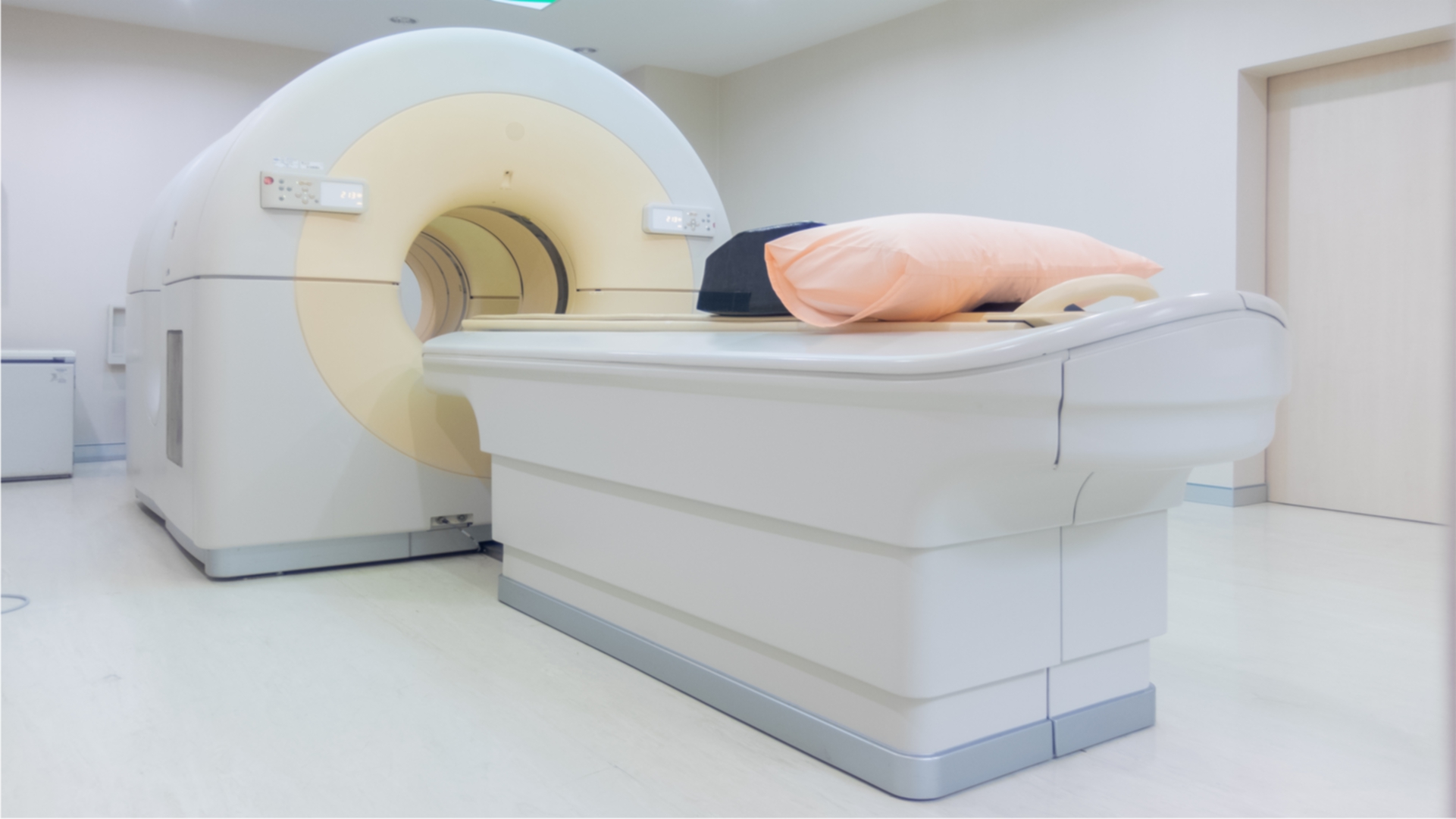
Imaging
Imaging refers to an object’s form or visual representation of something by scanning it. In medical field, different imaging methods are used to make detailed pictures of the interior of a body for diagnostic reasons and clinical intervention as well.
Cancer medicine relies heavily on imaging methods at all stages of disease management. Simple X-ray, Mammography, Ultrasound, Bone scans, Computed Tomography (CT), Magnetic Resonance Imaging (MRI), Single-photon emission computed tomography (SPECT), Positron emission tomography (PET) are capable of 2 or 3-dimensional detection of cancer anywhere in the human body. Increasingly, Functional imaging with PET scans is an integral part of risk stratifying and risk adapting cancer treatments.
Imaging tests are used for:
- Early detection or cancer screening tests for staging cancers, size of cancer cell & figure out that how far the cancer has spread, if persons has no symptoms.
- To look for a lump or mass & also find out if the symptoms are caused by cancer or other type of disease.
- Imaging guidance for Radiation therapy.
- Showing the tumor has shrunk, stayed the same, or regrown after treatment.
- To rule out that the cancer has come back after treatment.
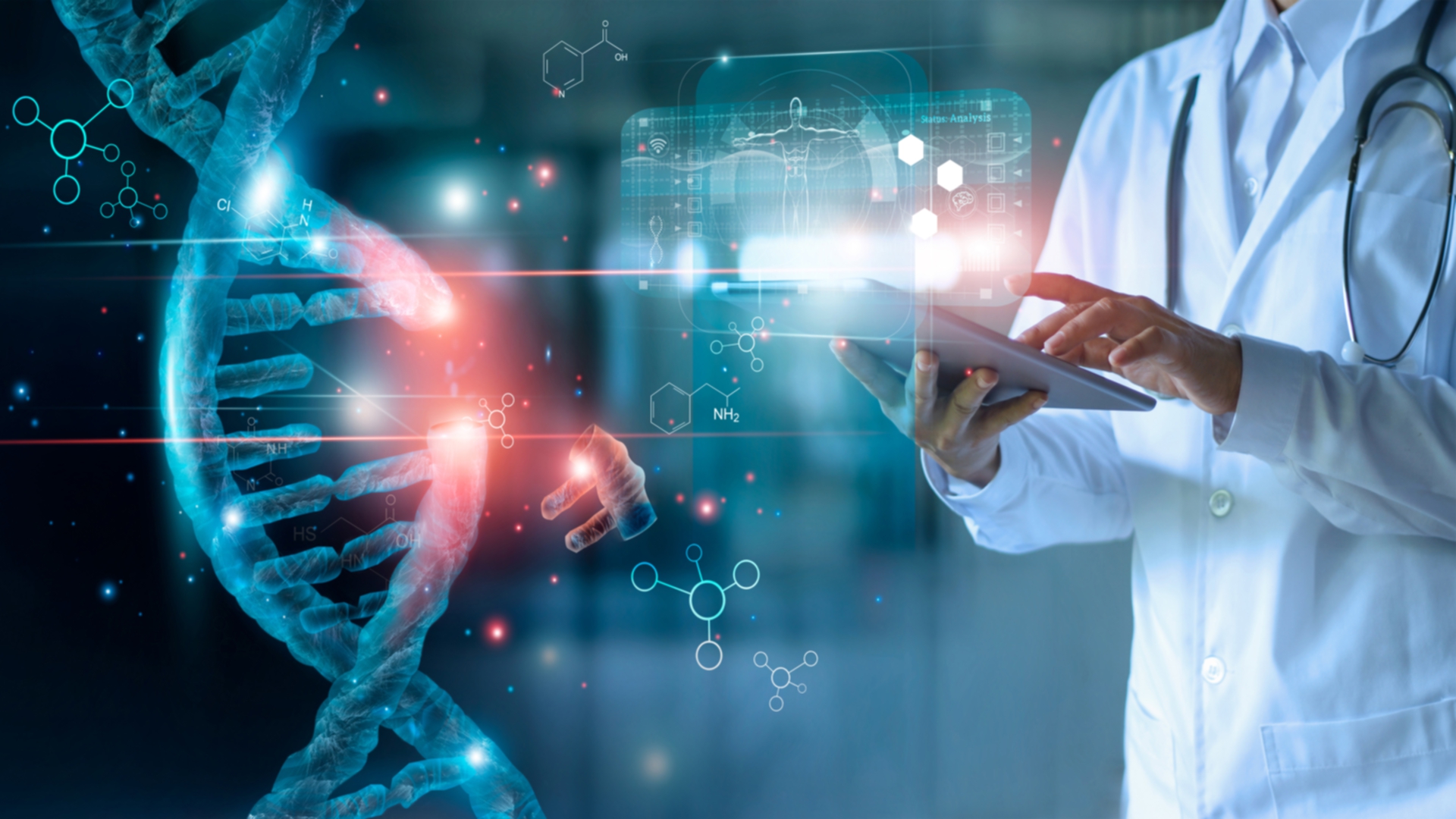
Precision Medicine
This is an approach to help patients based on a genetic understanding of their disease.
All cancers have genetic changes that cause the cancer to grow and spread. With the help of precision medicine, medical oncologists or cancer specialists can find specific cancer mutations in the cancers genetic code and this helps in identifying who might be at high risk for cancer, finding certain cancers early, diagnosing a specific type of cancer correctly or choose what treatment options are best and evaluate how a treatment is working.
Genetic sequencing or DNA sequencing, is the process of determining the order of the four chemical building blocks of DNA. The order of these chemicals in each strand of DNA dictates the type of genetic information included in a segment of DNA. Next generation sequencing is one such technique that allows us to rapidly evaluate multiple changes in a person or cancers genetic code.
Applications of Genetic testing and precision medicine are rapidly evolving in all aspects of medicine and particularly cancer medicine.
Patient Testimonials
I can’t begin to tell you what a wonderful practice AVAM is! No matter what you are being treated for, the care is top notch. Dr. Sood has incredible bedside manners, so easy to talk to and doesn’t make you feel rushed during your appt whether in office or telehealth. He makes sure all your questions are answered and the best thing overall.. he listens! I had some other concerns besides what I was being seen for and he didn’t dismiss them and is checking with me on them! I’m grateful to have found his practice, very highly recommended. Thank You Dr Sood and staff! ☺️
Dr. Sood was incredible! One of the best, if not the best, doctor I’ve ever encountered. So many doctors rush you and don’t listen these days. This was not the case with Dr. Sood. He showed so much patience and care. He explained everything and even showed you what he was doing and/or looking at. I’ve never felt so comfortable. He was thorough and detailed. He named as many possibilities of my symptoms as he could, and ordered a thorough amount of test to try and discover the cause of my issue. Thank you, Dr. Sood!! This visit meant so much to me. Especially because I was so nervous. Please never ever lose that special touch! Highly recommend.
I was seen by Dr Sood when admitted to a hospital with very severe anemia with a hemoglobin of 6. I thought this was my normal number as I have never had a normal hemoglobin all my life. With his care and guidance, I now have a normal number and can actually feel warm in my hands for the first time in my life. I would strongly recommend him.



